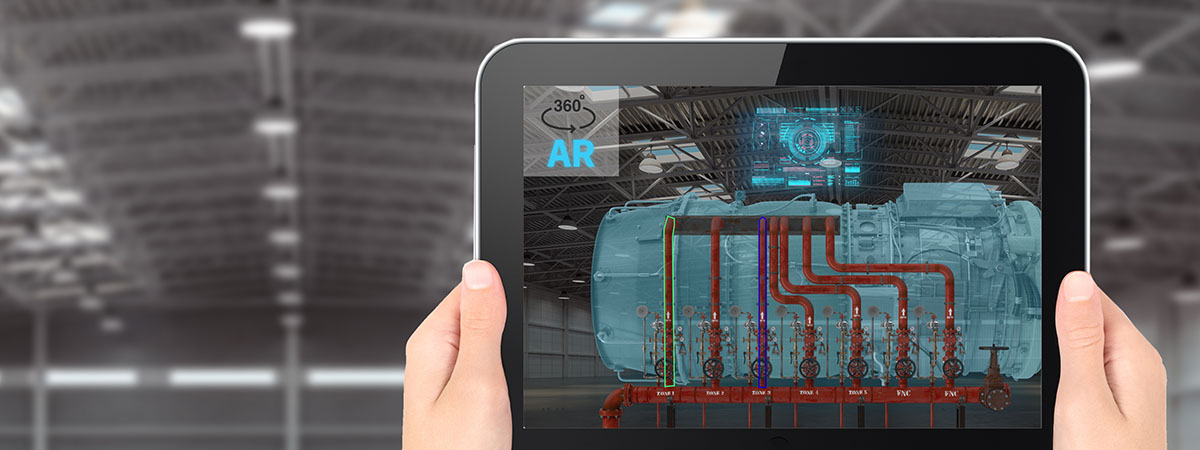
Digital Twins in manufacturing

The benefits of digital twins can be realized across a whole range of areas and industries. This ranges from the design phase, through manufacturing, operations and logistics, to (predictive) maintenance.
At the conceptualization and design stage of an asset, advanced simulation and CAD software can help with engineering and decision making. This can be achieved by the intelligent optimization of parts and part interactions using known future process and production data. The as-designed model and its information can be sent through to the manufacturing stages where it can be used to optimize the production efficiency using integrated and connected machines and toolsets. Because machining and processing simulations can be done before and during the production process, the number of rejected products can be reduced. Next to that, feedback loops can be set up to make changes in real-time to further optimize production.
In-service representation of the digital twin offers additional advantages. It can give instant, accurate feedback and status of how an asset is performing in its environment. The goals and benefits that can be realized at this stage are numerous and almost limitless depending on the context. Examples include avoiding interruptions to system operation, virtual testing and simulation of changes in production, optimizing operating efficiencies and predicting future wear or critical failure due to changes in environmental conditions. This also allows for a feedback loop to the design of the asset and optimization of the future products.
Maintenance and serviceability can be enhanced with the assistance of the digital twin. The digital twin can represent complex systems and simplify the maintenance process by identifying the areas of interest for maintenance. Next to that, a notification system can alert when a possible failure might occur. It can use measured data to enhance predictive maintenance, picking up on operating parameter changes to simulate wear across time scales to again reduce downtime and failures. Furthermore, it allows for the incorporation of the maintenance data into the design phase. Making the future products easier to maintain and service.
Digital Twins are developed across various industries in a range of capacities. A digital twin is a valuable addition when it is applied to valuable (expensive or important) assets. Such as aircraft engines, production lines, wind turbines, where for example breakdown causes a high impact. Through digitalisation, the integration of existing models and information through digital twinning has become the new standard. It allows to combine, compare and correlate the information through feedback loops that flow through the phases of the product life cycle. Therefore, digital twinning enables enhanced value capture across many domains.
For more information and to find out where a Digital Twin can give value to your Industry 4.0 manufacturing operations, you’re invited to contact the AM Center.

